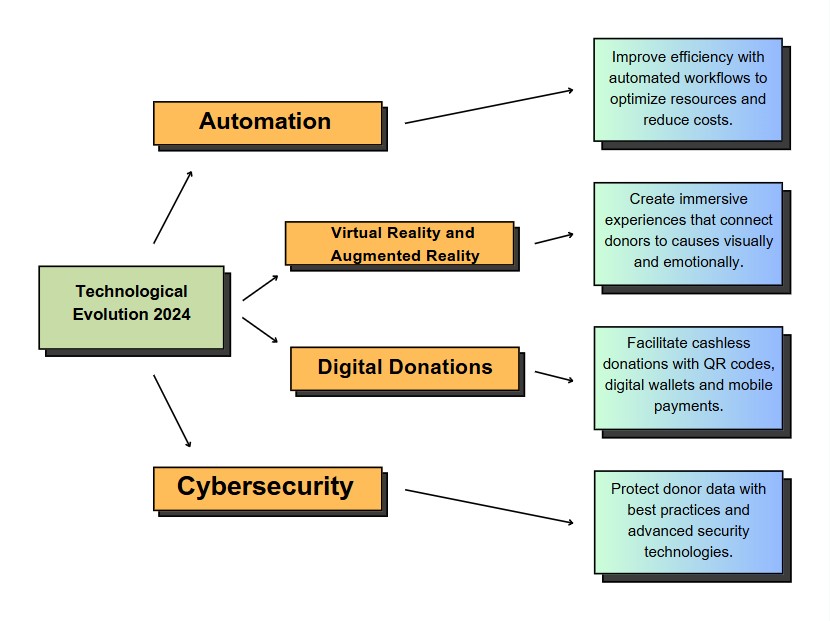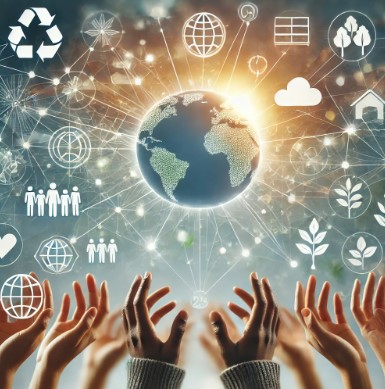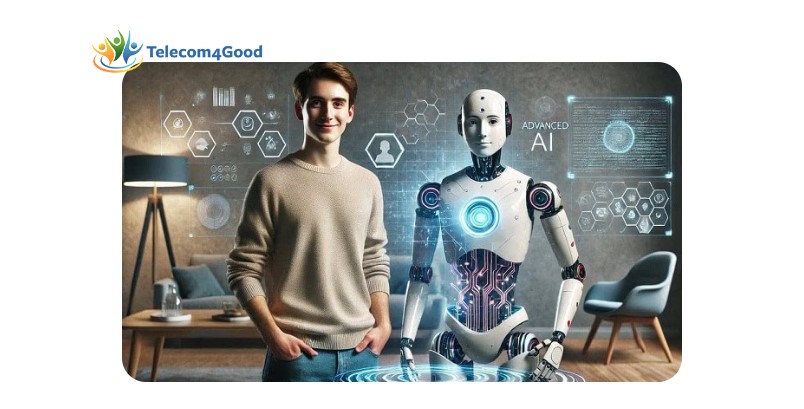In the field of AI, Nonprofit technology trends 2025 notable developments include improvements in deep learning and advanced neural networks, which enable more accurate and autonomous decisions.
Posted on Thursday, November 21, 2024

The rapid pace of technological change continues to shape how nonprofits operate, connect with supporters, and create meaningful social impact. As we approach 2025, nonprofits are positioned to benefit from key trends that promise to improve their efficiency, strengthen donor relationships, and tackle new challenges. Here’s a look at the evolving tech landscape for nonprofits in 2025 and how organizations can prepare.
What’s on the Horizon?
1. AI and Process Automation: Artificial intelligence is transforming how nonprofits analyze data and engage supporters. By automating repetitive tasks, nonprofits can focus more on meaningful interactions with donors and beneficiaries. AI tools are also improving fundraising campaigns through smarter donor segmentation and targeted outreach.
2. Cybersecurity and Privacy: With nonprofits increasingly working in the digital space, protecting sensitive donor and organizational data is essential. Investments in stronger cybersecurity measures not only ensure compliance with privacy regulations but also build trust among supporters and stakeholders.
3. Cloud-Based Collaboration: The adoption of cloud platforms has expanded nonprofits’ ability to work seamlessly across locations. Remote collaboration tools are breaking down barriers, making it easier to manage projects and engage with global communities.
4. Sustainability Through Technology: Digital tools are reducing nonprofits’ reliance on paper-based processes, aligning with global efforts to adopt environmentally friendly practices. Beyond cost savings, this shift reflects a commitment to sustainability that resonates with today’s donors.
5. Social Media and Digital Storytelling: Social media has become a powerful tool for nonprofits to share their mission and engage followers. In 2025, using social platforms effectively will mean more than just posting updates—it will involve creating engaging stories and forming connections through partnerships with likeminded influencers.
6. Collaboration Across Sectors: Partnerships with other nonprofits, public entities, and private organizations are helping nonprofits extend their reach and impact. By working together, organizations can share resources, access new funding opportunities, and broaden their audience.
Preparing for 2025
Nonprofits looking to stay ahead in 2025 should consider the following:

Measuring social impact
Assess Current Tech Needs
Take a close look at your organization’s current technology setup and identify areas where upgrades or new tools could make the biggest difference.
Focus on Training and Support:
Equip your team with the knowledge and skills to use new tools effectively. Consider available training resources, webinars, and community forums for ongoing learning.
Stay Informed About Trends:
Keeping up with trends like AI, cybersecurity, and cloud services ensures your nonprofit is ready to adopt technologies that drive efficiency and growth.
How Telecom4Good Supports Nonprofits
Telecom4Good is here to help nonprofits navigate the evolving tech landscape. Our resources, like the Nonprofit Technology Buyer’s Guide, provide the insights you need to evaluate your IT infrastructure and make decisions that align with your goals. Whether it’s understanding the latest trends or choosing tools that work for your organization, we’re committed to guiding you every step of the way.
Conclusion
The future of nonprofit technology is bright, with advancements offering opportunities to work smarter, connect better, and achieve greater impact. By staying informed and adopting the right tools, your nonprofit can thrive in 2025 and beyond. For more resources and guidance, explore our tools and connect with us today.
For the new year, technology experts predict.
Significant advances are expected to be made in NGOs, foundations and religious organizations, which will adopt advanced technological solutions that will improve efficiency, personalization of services and resource management. AI will play a key role not only in optimizing fundraising, but also in donor segmentation and creating more effective campaigns tailored to individual needs. In addition, data analysis tools will allow these organizations to gain deeper insights into the impact of their programs and make decisions based on real-time data, thus enhancing their responsiveness and adaptability. This technological evolution is expected to foster greater transparency and trust between donors and the communities they serve, driving sustained engagement and participation over time.
Beth Kanter, a prominent expert in nonprofit technology and workplace well-being, continues to emphasize digital transformation and the ethical adoption of artificial intelligence (AI) for nonprofits in 2025. She advocates for leveraging AI to automate repetitive tasks, allowing nonprofits to focus on strategic and human-centered activities. This includes using AI for fundraising, donor engagement, and internal operations like financial monitoring or grant applications. However, she stresses the importance of maintaining a human-centered approach to technology adoption, ensuring that tools align with organizational values and ethical standards.

Artificial Intelligence (AI)
Beth Kanter
Karen Graham, a well-known technology consultant for nonprofits, has emphasized several critical areas for nonprofit technology leadership and development in 2025:
Graham advises organizations to distinguish between tactical and strategic plans. Tactical plans address immediate needs, such as cybersecurity risks, while strategic plans align technology decisions with long-term organizational goals. She encourages nonprofits to focus on understanding their current state, engaging stakeholders, and defining clear objectives before choosing solutions

Director of Idealware
Karen Graham
Gloria Horsley, founder of Open to Hope, is a notable expert in grief support and a contributor to nonprofit technology discussions. Her work in 2025 focuses on leveraging digital platforms to create supportive communities and provide resources for people dealing with loss.
In 2025, her leadership in utilizing digital tools to enhance accessibility and impact will likely serve as a model for other nonprofits looking to integrate technology into their missions.


